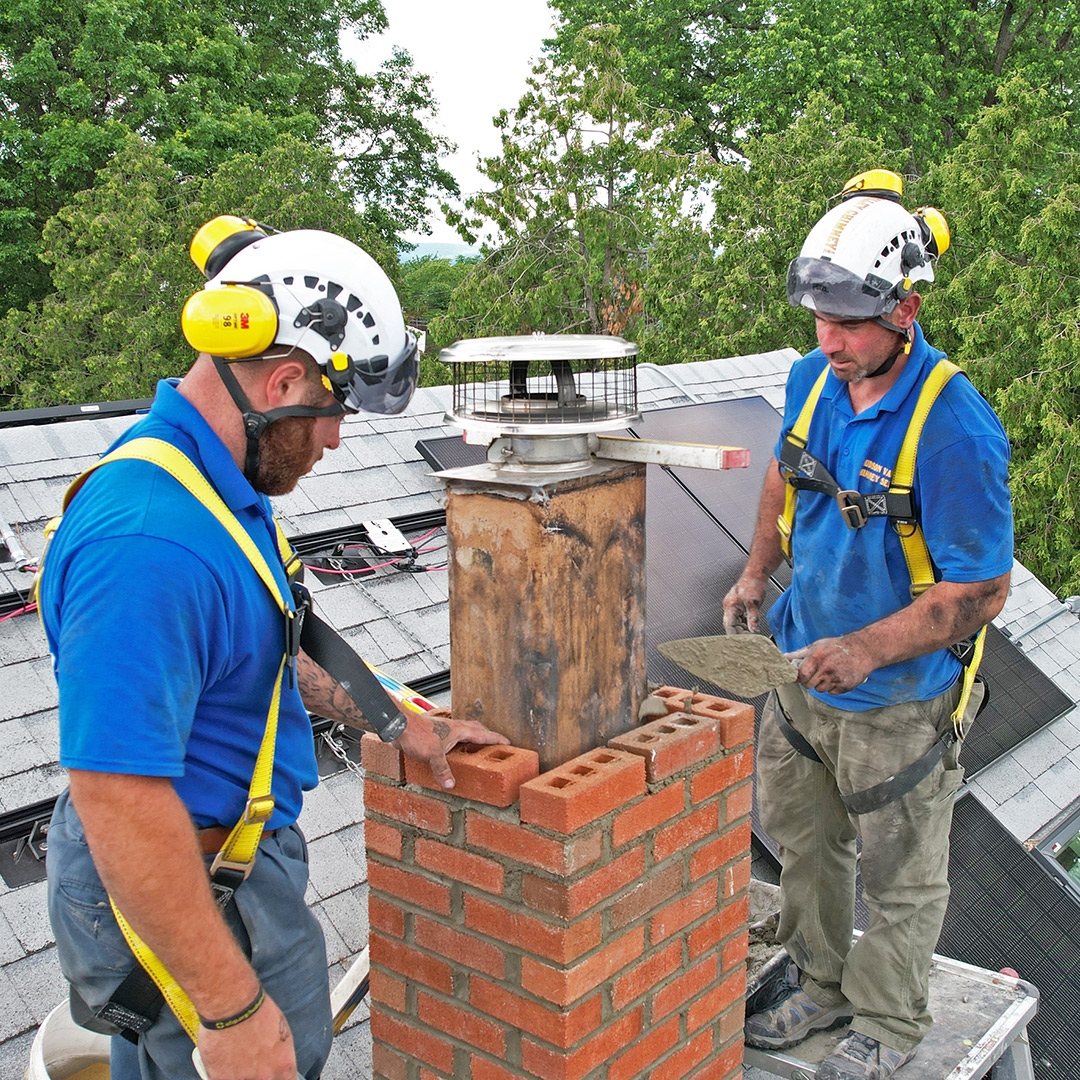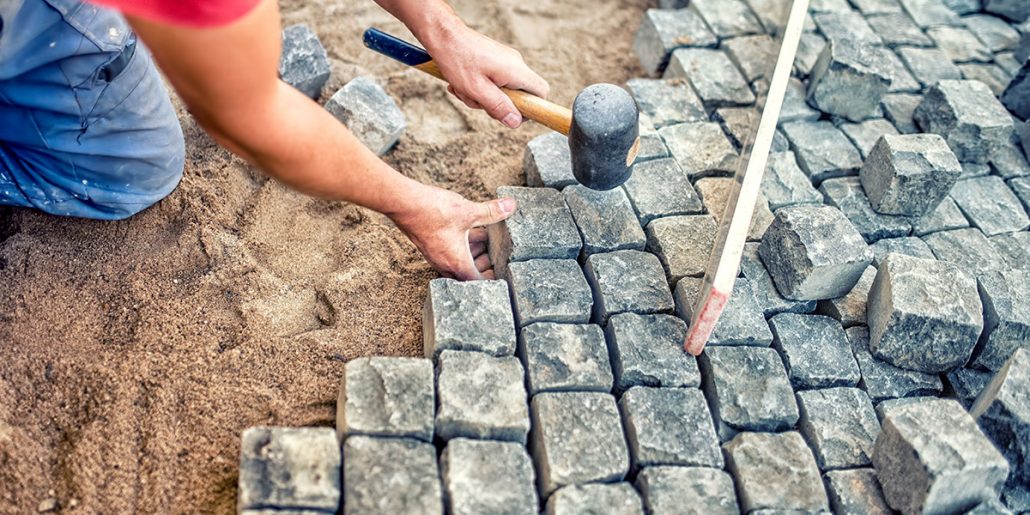Dependable Tuckpointing Services for Restoring Block and Stone Surfaces
Dependable Tuckpointing Services for Restoring Block and Stone Surfaces
Blog Article
Unlocking the Keys of Lasting Masonry Construction Practices for Eco-Friendly Buildings
In the realm of contemporary building and construction, the pursuit of lasting techniques has become vital. Amongst the myriad strategies to green building, sustainable masonry building sticks out as a time-tested and durable approach that holds a wealth of untapped potential. From the option of materials to innovative construction techniques, the tricks to achieving sustainability within stonework building and construction are diverse and fascinating. By checking out the benefits, materials, methods, and future trends of lasting stonework, a much deeper understanding of just how these techniques can form the future of environmentally friendly buildings arises.
Benefits of Lasting Masonry Building And Construction
Welcoming sustainable masonry construction techniques not only minimizes environmental effect but also supplies long-lasting financial advantages to building contractors and communities. By making use of products like recycled blocks, blocks, and stones, home builders can considerably reduce the carbon impact of their jobs while advertising resource performance. Furthermore, sustainable masonry building and construction strategies, such as correct insulation and thermal mass residential or commercial properties, can enhance power efficiency within structures, bring about minimized functional prices gradually.
Additionally, the toughness and resilience of masonry structures add to long-term economic advantages. Structures created making use of lasting masonry practices commonly call for much less maintenance and repair, equating to cost financial savings for builders and homeowner. The longevity of stonework products additionally makes sure that frameworks stay stable and safe and secure, lowering the demand for regular improvements or replacements.
Eco-Friendly Stonework Materials
Utilizing green masonry products is a pivotal action in the direction of enhancing the sustainability of building and construction techniques and reducing environmental impact while making best use of long-term economic advantages. Lasting stonework materials are sourced, produced, and used in a manner that minimizes total environmental effect. Lasting concrete obstructs incorporate recycled aggregates and may feature enhanced insulation residential or commercial properties, contributing to energy performance in structures.
Additionally, all-natural products like adobe, rammed planet, and straw bales offer exceptional thermal mass properties, reducing the need for home heating and cooling energy. These materials are commonly locally offered, advertising regional economic climates and lowering transportation-related carbon emissions. By choosing environmentally friendly stonework products, construction projects can substantially decrease their ecological footprint and add to the creation of much healthier, extra sustainable constructed settings.
Energy-Efficient Stonework Techniques
Power effectiveness plays a vital duty in boosting the sustainability of masonry building and construction methods. One key energy-efficient stonework technique is the usage of thermal mass, which involves integrating dense products like concrete or brick into the structure's framework to take in and save warmth.

Technologies in Lasting Masonry
Current advancements in sustainable stonework techniques have actually caused cutting-edge techniques that are improving the building market. One such development is the development of self-healing concrete, which uses germs embedded within the concrete to heal cracks autonomously. This advancement not just reduces upkeep costs however additionally boosts the durability of masonry frameworks, adding to their sustainability.
Another noteworthy development is using recycled accumulations in stonework building and construction - masonry contractor. By integrating products such as smashed ceramic waste or recycled glass right into concrete blends, home builders can reduce the environmental effect of building projects while maintaining structural stability. This method not only draws away waste from garbage dumps but additionally saves natural sources, making it a vital improvement in sustainable stonework building and construction
In addition, the integration of digital design devices, such as Building Info Modeling (BIM), is transforming the method stonework frameworks are planned and built. BIM permits even more precise estimations, minimized material waste, and improved energy efficiency, ultimately causing more sustainable structure practices. These developments collectively indicate a promising future for lasting stonework building and construction in the age of eco-friendly structures.
Future Trends in Stonework Sustainability
With the ingenious strides made in sustainable stonework methods, the future fads in masonry sustainability are poised to additional revolutionize chimney sweep the building and construction sector. Among the crucial fads shaping the future of stonework sustainability is the enhanced assimilation of modern technology. Advancements such as Structure Information Modeling (BIM) and digital truth simulations are being used to optimize masonry building and construction procedures, causing lowered material waste and enhanced energy effectiveness in buildings.
Moreover, the growth of unique lasting materials is set to play a considerable duty in improving the eco-friendliness of masonry construction. masonry contractor. Innovations like self-healing concrete, recycled accumulations, and bio-based binders are obtaining grip for their capability to reduce environmental influence while maintaining structural stability

Conclusion
In conclusion, sustainable stonework building techniques offer countless advantages for environmentally friendly buildings. masonry contractor. Innovations in lasting masonry are constantly being developed to additionally improve the environmental efficiency of structures.
Report this page